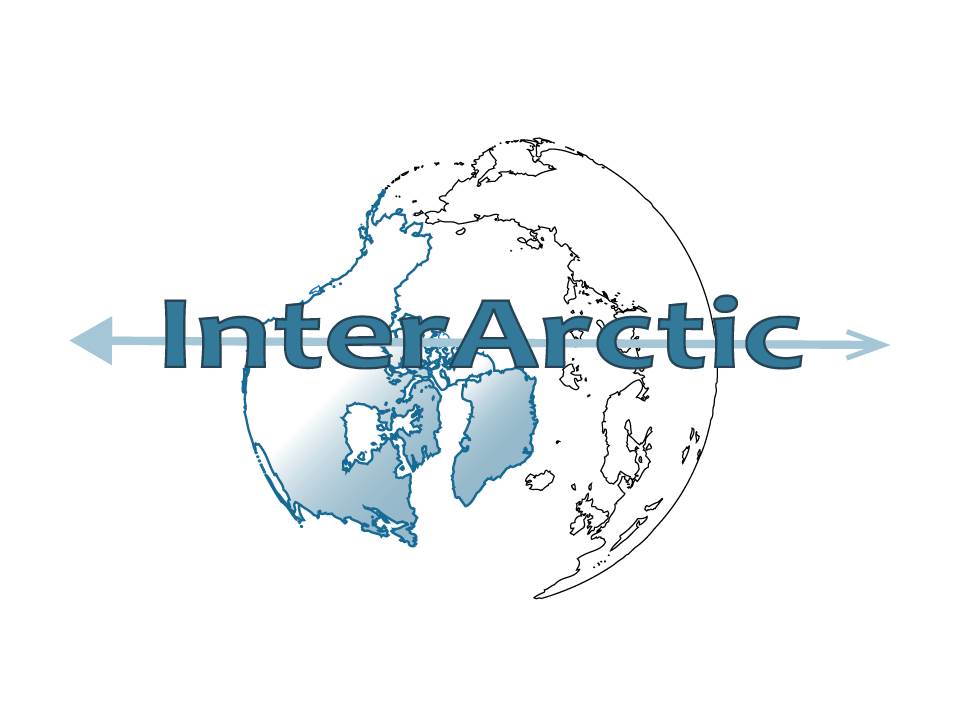InterArctic-Enchainec
Title:
InterActic : A millennium of interaction between societies and environments in Arctic and sub-Arctic regions (Canada and Greenland)
Abstract
The InterArctic project focuses on vulnerability, resilience and adaptation of northern societies facing global change. The rapid current warming of Arctic and Subarctic climates has already produced many changes in the social, economic and cultural behavior of the populations inhabiting these regions and more changes are expected to come. Few of the changes are considered to be positive or not disturbing the fragile balance between human and the environment. Populations of these areas have to face these challenges, and in this context, looking at the past provides the opportunity to document the complex relationships between climate, ecology and human societies, which may provide deeper understanding into ways of better facing the future. The chronological frame of the project encompasses the last millennium, a well-documented period by both ice core data and historical archives. The study area includes Eastern Canada (Nunavik, Nunavut and Nunatsiavut) and Greenland (South and North). Around 1000 years cal. AD, some of these areas witnessed the meeting between European farmers coming from Scandinavia, and hunters-fishers arriving from Beringia. Today, these two lifestyles are still coexisting, with farming in South Greenland, and hunters/gatherers/fishers in Nunavik, Nunavut, Labrador coast and Greenland. Within these study areas, our aim is to document 1000 years of interactions between Thule/Inuit people, Norse settlers and their environment, through an interdisciplinary approach exploiting different kinds of natural archives. The use of pedo-sedimentary archives (lakes, peat deposits, cryosols, anthrosols) and palaeoenvironmental multiproxy analyses will highlight landscape evolution, climatic and anthropogenic forcings upon ecological processes. Archaeological sites, and more specifically archaeological soils, ecofacts and artefacts, will give precious information about the nature of these interactions. The complementary anthropological/cultural approach will focus on human memory, perception, practices and prospects of environmental and social changes, archaeological heritage and past settlement location choices, of six communities in Greenland and Canada. These issues will be explored in an interdisciplinary work through open interviews and co-design workshops bringing Inuit elders and youth together with project researchers. Coproduced knowledge (blending traditional and scientific), including Inuit visual documentation of the community changes and the writing of science fiction narratives, as well as cognitive maps (Inuit internal representation), will then be shared through innovative educational projects such as an interactive web platform designed to share project results, involving local partners in Greenland and Canada as well as French secondary schools and universities.
Keywords:
Arctic, Subarctic, Greenland, Nunavik, Labrador-Nunatsiavut, Canada, Norse, Farming, Interaction Human-environment, Thule, Inuit, Natural-archives, Archaeological settlements, Archaeological-artefacts, Raw-materials, Climate, Environment, Landscape, Ecosytems, Biodiversity, Global-changes, Social-changes, Flora, Fauna, Soils, PalenvDNA, Perception, Memory, Heritage, Holocene, Last-Millenium
Simple
- Date (Publication)
- 2019-05-16T10:00:00
- Identifier
- https://www.osuris.fr/geonetwork/srv/metadata/547403ee-4cf7-40eb-8fb2-bd797307bb70
- Presentation form
- Digital document
- Purpose
-
Presentation of the project
- Status
- Under development
- Maintenance and update frequency
- As needed
-
GEMET
-
-
environment
-
environmental assessment
-
society
-
research
-
environmental impact
-
biosphere
-
climate
-
palaeoecology
-
environmental data
-
- Place
-
-
Arctic
-
Subarctic
-
Greenland
-
Nunavik
-
Labrador-Nunatsiavut
-
Canada
-
Norse
-
- Theme
-
-
Farming
-
Interaction Human-environment
-
Thule
-
Inuit
-
Natural-archives
-
Archaeological settlements
-
Archaeological-artefacts
-
Raw-materials
-
Climate-changes
-
Landscape
-
Ecosytem
-
Biodiversity
-
Global-changes
-
Social-changes
-
PalenvDNA
-
Perception
-
Memory
-
Heritage
-
- Discipline
-
-
Flora
-
Fauna
-
Soil
-
- Temporal
-
-
Holocene
-
Last-Millenium
-
- Access constraints
- Copyright
- Use constraints
- Restricted
- Other constraints
-
Contact the project manager
- Spatial representation type
- Vector
- Denominator
- 5000
- Metadata language
- Français
- Character set
- UTF8
- Topic category
-
- Environment
- Climatology, meteorology, atmosphere
- Imagery base maps earth cover
- Society
- Biota
- Geoscientific information
- Begin date
- 2018-01-01
- End date
- 2021-12-31
))
- Reference system identifier
- WGS 1984
- Distribution format
-
-
pdf
(
2019.021
)
-
pdf
(
2019.021
)
- Hierarchy level
- Series
- Statement
-
Data collected in the field.
- File identifier
- 547403ee-4cf7-40eb-8fb2-bd797307bb70 XML
- Metadata language
- Français
- Character set
- UTF8
- Hierarchy level
- Series
- Date stamp
- 2025-12-03T10:03:47
- Metadata standard name
-
ISO 19115:2003/19139
- Metadata standard version
-
1.0
Overviews

Spatial extent
))
Provided by

 OSURIS
OSURIS